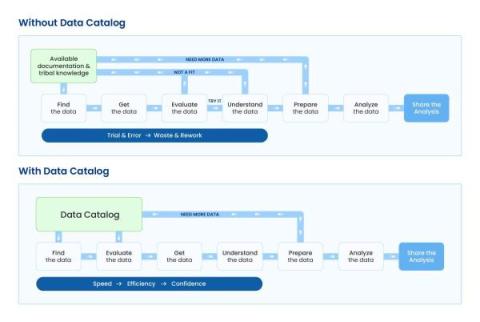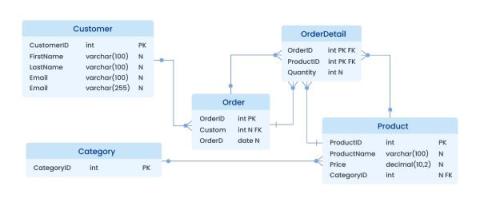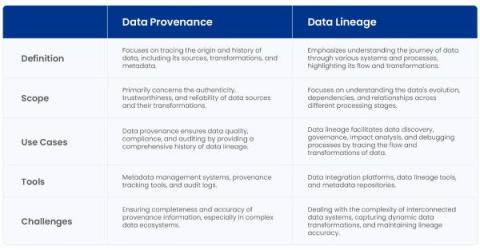ANSI X12 vs EDIFACT: Key Differences
Electronic Data Interchange (EDI) is a popular communication method that enterprises use to exchange information accurately and quickly with trading partners. EDI transmits data almost instantaneously — serving as a fast and efficient mode for exchanging business documents. ANSI X12 vs. EDIFACT are the two most common EDI standards used for EDI, but they have different structures, styles, and usage.











